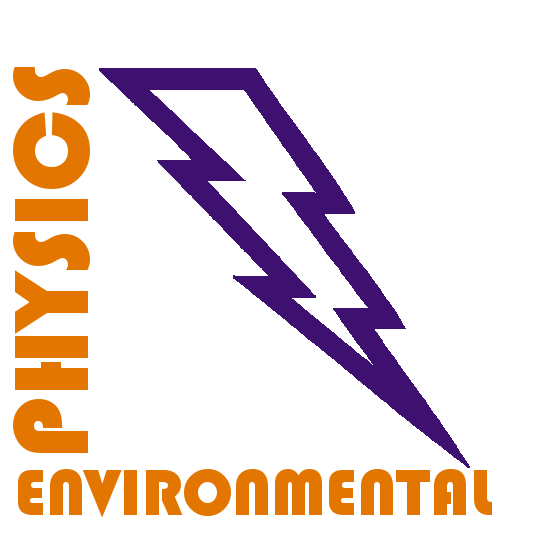Transient Spark in N2/CO2/H2O/CH4 mixtures at atmospheric pressure
Janda M., Machala Z., Morvová M.
23rd Symposium on Plasma Physics and Technology, Praha, Czech Republic, June 16-19, p. 98 (2008)
download
|
|
Abstrakt: We have investigated a novel type of streamer-to-spark transition
discharge named the transient spark (TS), operating above the liquid
water in N2/CO2/H2O and N2/CO2/H2O/CH4 mixtures at atmospheric pressure.
Although the applied voltage is DC, TS has a pulsed character with very
short (~100 ns) high current (~1 A) pulses, with repetitive frequencies of
some kHz. Thanks to the very short spark pulse duration, given by the small
internal capacitance of the discharge system and the limiting series
resistor, the plasma cannot reach LTE conditions.
The electrical and optical properties of TS were studied as functions of
the frequency and the gas composition by electric measurements and optical
emission spectroscopy. Infrared Absorption Spectroscopy was used to
analyse gas samples, and solid deposits from electrodes. Liquid samples
were analysed by High Performance Liquid Chromatography (HPLC) and
Proton-Transfer-Reaction Mass Spectrometry (PTR-MS).
The emission of N2 2nd and 1st positive, N2+ 1st negative, CN violet and
red, OH (A-X) and NH (A-X) systems, as well as atomic N, O, H, and C
lines was detected. The non-equilibrium character of TS was confirmed
by comparisons with calculated vibrational (3000-4000 K) and rotational
(500-1500 K) temperatures.
In N2/CO2/H2O mixtures, the most remarkable changes in the chemical
composition of the treated gas were the decomposition of CO2 and the
production of CO as the main intermediate product. The production of CO
was most probably crucial for the synthesis of organic species detected
by PTR-MS and HPLC in the liquid samples.
In N2/CO2/H2O/CH4 mixtures, the CH4 was quickly converted partially to
various organic species, CO and CO2. The amount of CO2 increased with
increasing input energy density. The production of organic species
resulting from the partial oxidation of CH4 was confirmed by all
applied techniques.
These obtained results may help us gain a better understanding of the
plasma chemistry induced by TS leading to the decomposition of CH4 and
other organic species (syn-gas production from N2/CO2/H2O/CH4 mixture or
from real exhaust gases), as well as of the synthesis of organic species
from inorganic N2/CO2/H2O mixtures. Formation of organic species in
a completely inorganic N2/CO2/H2O atmosphere is a significant finding
for the theory of the origins of life.
|

